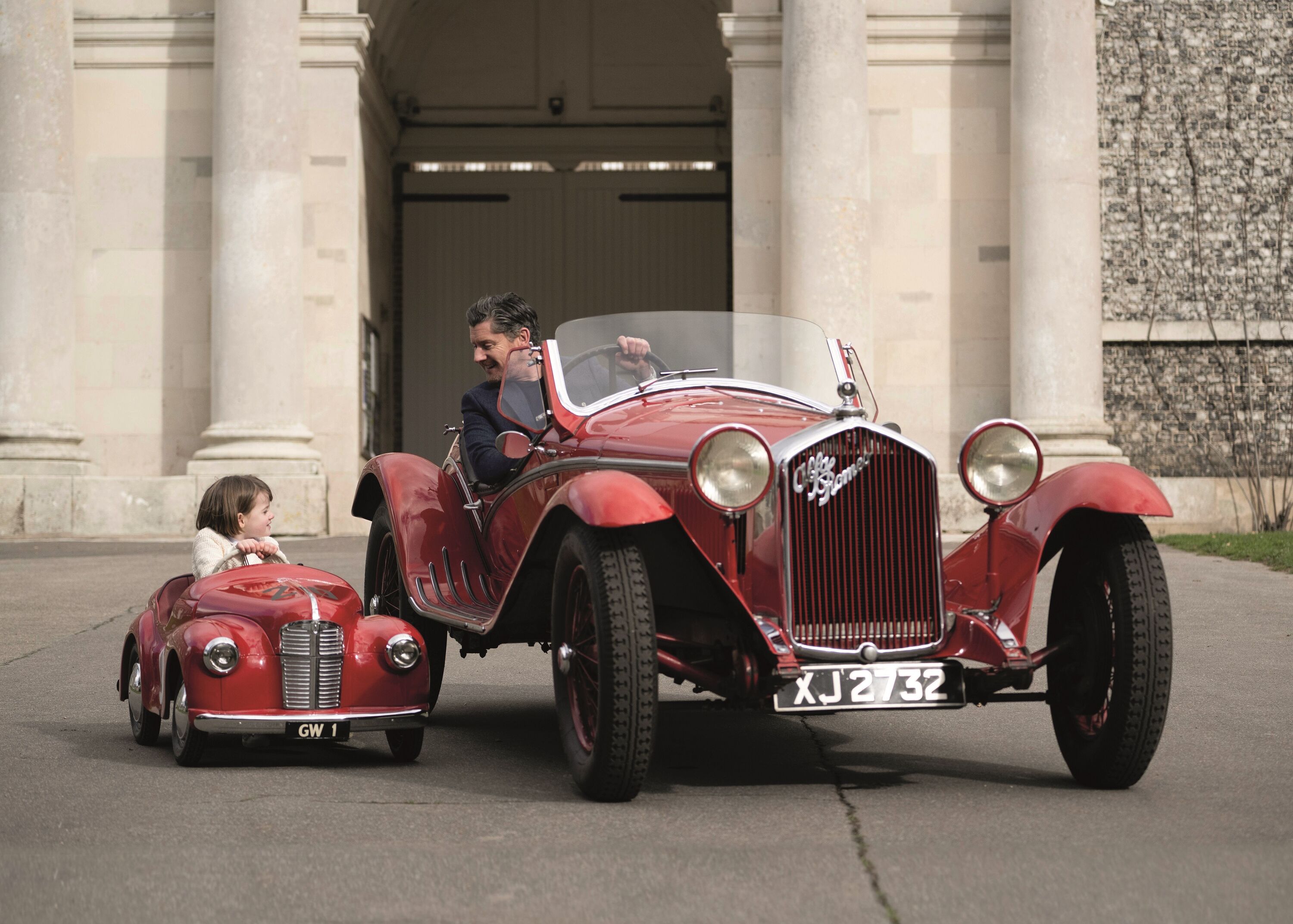Driving the often overlooked Derby Bentley – Thank Frankel it’s Friday
 Andrew Frankel
Andrew Frankel
Last weekend I got up quite early on Saturday morning, climbed into someone else’s 1938 4.25-litre Derby Bentley saloon and drove it on deserted roads for a couple of hours. But I’d not been in it five minutes before realising what I’d been missing.

For reasons I won’t bore you with, I used drive Derbys quite a lot, but they are a mostly unassuming kind of car, quite different to the blood and thunder WO-designed Bentleys they replaced. However much you might appreciate driving a Derby at that time, because you don’t have to wrestle with them and they won’t send your pulse rate off the clock, they don’t hang around in the memory so much. They are easy cars to operate and handle and though it is perhaps a damning indictment of the preposterously fortunate life I have been able to live where cars are concerned, they are so subtle it is possible to forget just how wonderful they are.
It isn’t really very surprising if you think about what they actually are, namely pre-war Rolls-Royce sports cars, designed, engineered and built with the same unequalled care and attention as other Rolls products, but aimed at retaining at least some interest among former customers of the original Bentley Motors. Of course the world was a very different place in the early 1930s when ‘The Silent Sports Car’ was launched, to the roaring ‘20s in which Bentley made its name. But it is also fair to say that Bentley rarely if ever built cars profitably and Rolls-Royce was neither in a position nor of a mind to treat Bentley as a loss-making vanity project, so these Rolls Bentleys would be very different cars, built largely from pre-existing componentry. And who said platform sharing was a modern construct?

The chassis came from an experimental car code-named ‘Peregrine’ which had been originally designed to form the basis of a smaller, more financially accessible Rolls than the extant 20/25, while the engine was a development of the 20/25’s straight-six with a crossflow cylinder head, twin-carburettors and other refinements. Despite pushrod-operated valves WO Bentley would have hated and a mere two valves per cylinder, it put out more power on 3.7-litres than Bentley’s own overhead cam, four valves per cylinder engine managed from 4.4-litres.
Despite costing approximately 15 times the price of a family car – before you’d commissioned a coachbuilder to design a body for it – the Derby Bentley was an immediate hit and save a 1936 increase in engine size to 4.25-litres, it changed little from its introduction in late 1933 until 1938 when the introduction of Marles steering and an overdrive gearbox brought huge improvements to its handling and long distance comfort.
Yet despite its popularity there was nothing remotely technically advanced about the Derby Bentley. At exactly the same time it was introduced in 1933 and for a fraction of the money you could buy an Alvis Speed 20 with not only with independent front suspension, but also synchromesh on every gear. By contrast the Derby Bentleys had synchro only on third and top and it would be 1939 before the extremely short lived Mk V (perhaps as few as 15 were built of which Bentley says just seven survive) brought in an independent front end.

But Derbys are exquisite to drive, at least if maintained properly. Low and quite light when not saddled with excessive bodywork, they are surprisingly quick, but smooth and civilised too. They stop well by pre-war standards and have exceptionally benign handling characteristics. And of course most are very beautiful, even the Park Ward saloons that made up approximately half of all production. Cars from more adventurous houses like HJ Mulliner, Freestone & Webb and Gurney Nutting can be absolutely stunning.
And I think the best are the earliest and latest cars. An early 3.5-litre (as it was somewhat inaccurately called) with lightweight Vanden Plas touring bodywork is one of the sweetest cars of the 1930s I have driven, while a late overdrive car with a saloon body is probably the most usable car of its era. A few years ago I was lucky enough to drive one to Dijon for a race weekend and it sat at the same 80mph cruise as the rest of the traffic on the autoroute, all the way there and all the way back. It was a roasting hot weekend yet the water temperature and oil pressure needles never budged.
Sadly tourers now cost many hundreds of thousands of pounds while even drophead coupes seem to be well into six figures. But nice looking saloons are still available for sensible five digit sums, not much give their performance, badge and the very traditional but still quite wonderful engineering they contain.
Final two images courtesy of Bonhams.
Bentley
Blower
Derby
Thank Frankel it's Friday





